In the last few years I’ve started working more with olive bonsai. Although they do best where the weather gets hot, they can grow well in mild climates too.
As time goes by, I have less patience for species that don’t thrive where I live which makes olives a refreshing addition to the garden. Many of the specimens I’m working with are future shohin bonsai from Cesar Ordoñez at CenCal Bonsai. Cesar collects olives in a variety of sizes and styles, but he focuses on shohin more than anything else.
My process for working on these small trees has been simple. When they’ve been recently collected, I leave them alone so they can establish new roots. I repot the following winter and again wait for them to recover. During this time I remove any suckers that appear from low on the trunk or from the soil.
Once they start putting on good new growth, I’ll reduce the upper branches and let the lower branches grow freely until they reach the desired thickness. Cesar was in town this week, so we worked on a few of the trees he’s collected. Here’s what this first pass looks like.

Olive #1
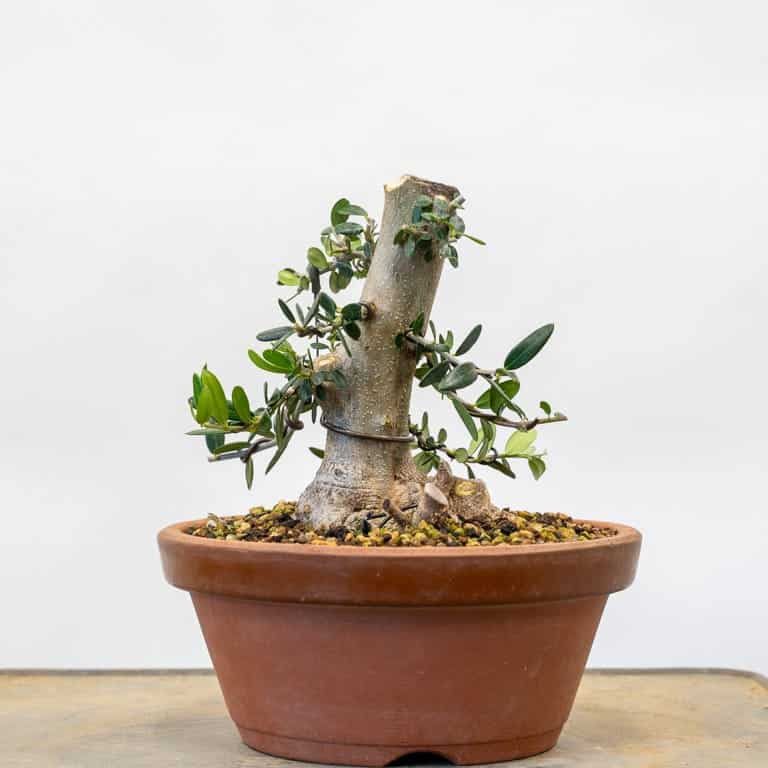
Olive #2
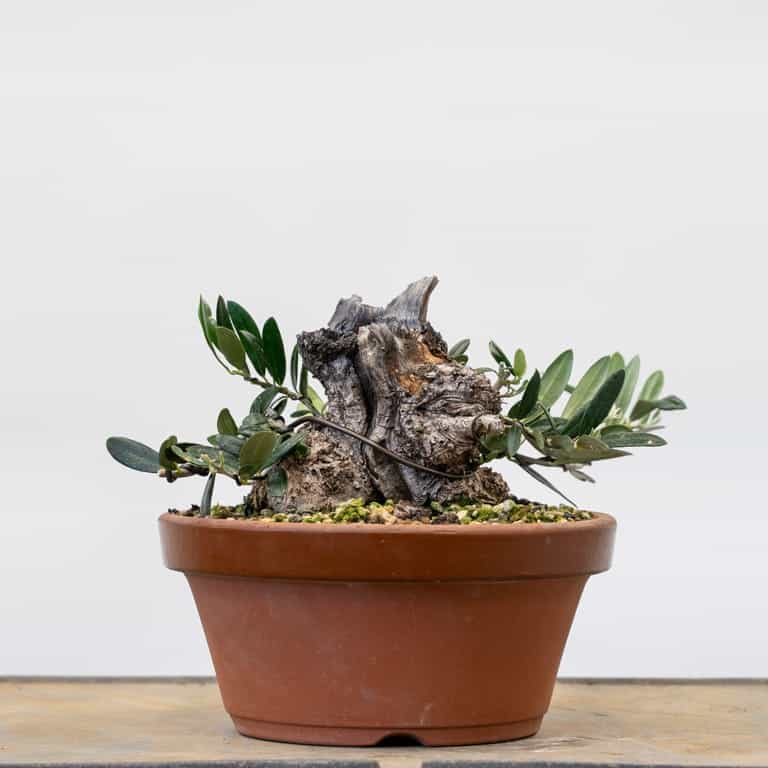
Olive #3
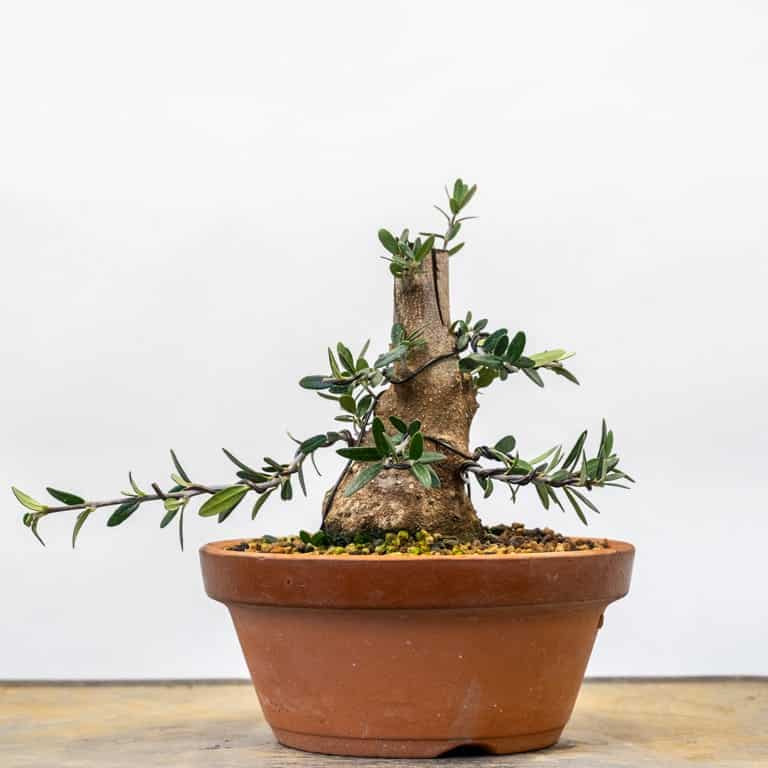
Olive #4
I’m not totally sure about the front on some of these so I’m focusing on getting a single bend on the lower branches while keeping the upper branches in check. Once they start to fill in a bit, and maybe produce a few new shoots from the trunk, I’ll be able to make a better determination about the future front.
Here’s an olive that’s about two years ahead of the trees above. It’s been wired once and cut back earlier this year and it’s already putting on another flush of growth for late summer. In another two to three years, it may be ready for a spot in a shohin display.
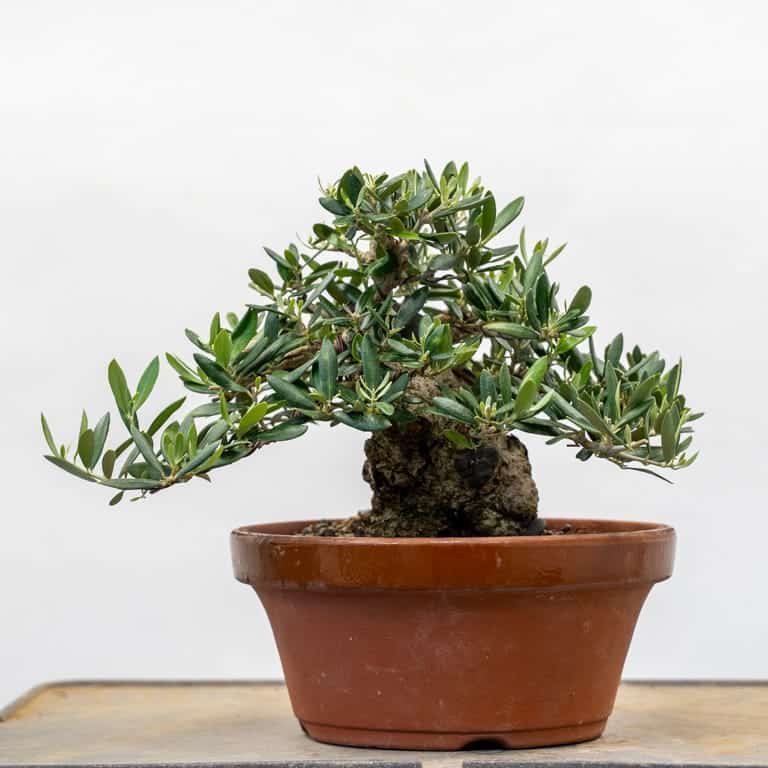
Olive in training
During Cesar’s visit, Eric Schrader joined in for a podcast on the topic of olives. You can listen to the episode at the Bonsai Wire Podcast.
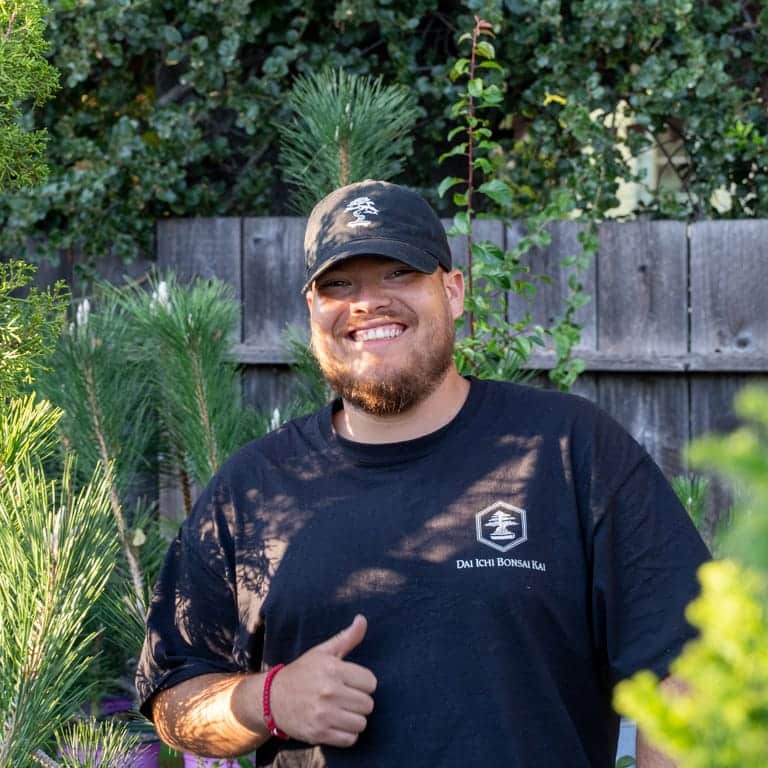
Cesar Ordoñez
News & Updates
If you’re looking to jump start your collection of Bonsai Today magazines, I have the following issues available as a set: 1-3, 5-38, 40-54, 56-57, 59-63, 65, 68-69, 71-73, 75, 80-82, 92, 99-102, 104, 106 (76 issues total). They’re available in the US for $500 plus shipping.
For those unfamiliar with the publication, it includes some of the best articles in English about bonsai, including translations of content that originally appeared in the popular Japanese periodical Kindai Bonsai.
